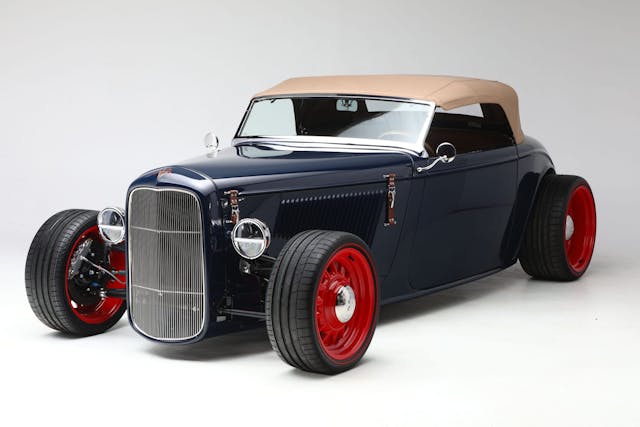Replica car construction can officially commence
Consider the door officially open for road-legal turnkey replica cars. After years of arduous waiting, small-volume manufacturers are now able to start selling replicas built to resemble the makes and models from 25 years ago or longer.
Originally written into law in 2015, the Low Volume Motor Vehicle Manufacturers Act was designed to protect small, ambitious automakers by providing a regulatory path that would allow them to build and sell replicas of older vehicles not meeting ordinary federal safety laws. The paperwork then sat in stasis, passing a December 2016 deadline until litigious action by SEMA jumpstarted NHTSA in October of 2019. Roughly two years later, now that NHTSA has finalized regulations to implement the law, the wait is finally over.
This is an enormous win for small businesses and entrepreneurs in the automotive sector. Now, low-volume manufacturers will be able to make, import, and sell up to 325 vehicles per year. The law effectively creates a second vein of government oversight—apart from the heavily regulated one applying to large-scale OEMs—that is designed specifically for boutique manufacturing.

“SEMA applauds NHTSA’s final rule allowing companies to market classic-themed cars,” said Daniel Ingber, SEMA Vice President of Government Affairs. “Regulatory barriers have previously prevented small automakers from producing heritage cars that are coveted by consumers. The roadblocks have been eliminated. This is a hard-fought victory for enthusiasts, small volume manufacturers, their suppliers, and all the men and women who will be hired to fill new jobs created by this law.”
It’s not a total free-for-all, of course. Any replicas made and sold must adhere to modern emissions standards, according to NHTSA. Additionally, all low-volume manufacturers must register with NHTSA, EPA, and CARB before selling vehicles. According to SEMA, that process may take several months. Approved manufacturers will be required to submit annual production reports.
The final ruling does contain a few deviations from the notice of proposed rulemaking (NPRM), submitted back in January 2021. Two main changes of note: First, registrants will no longer have to submit documentation or possess a license to the intellectual property necessary to make a replica vehicle, but simply certify to the fact. Second, replicas won’t be required to maintain the exact dimensions of the original vehicle in question, but rather maintain a 10 percent over/under.
Official recognition and regulation of low-volume automotive manufacturing is long overdue. We look forward to the talented creations that will come out of this new opportunity for automotive enthusiasm to flourish.



I would like to know more about the Hagerty Marketplace and the bidding process.
Have a look here: https://www.hagerty.com/drivers-club/my-garage/faq/bid#how-do-i-register-to-bid